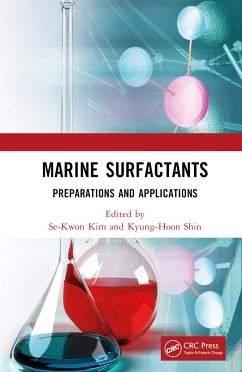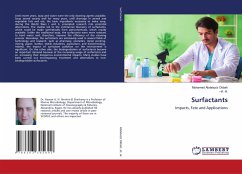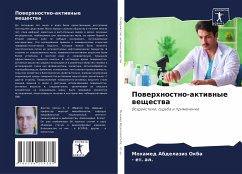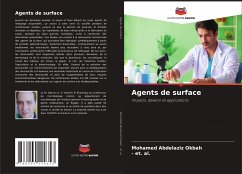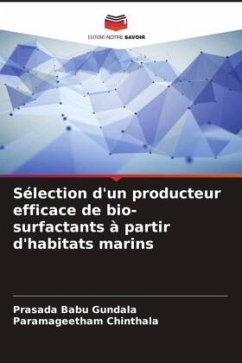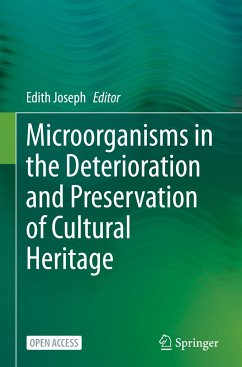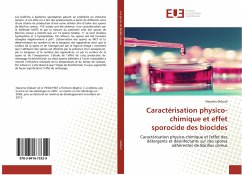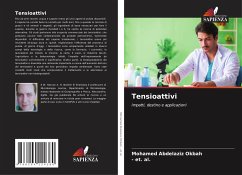
Use of biocides and surfactants to control biofilms
Role of the hydrodynamic conditions
Versandkostenfrei!
Versandfertig in 6-10 Tagen
52,99 €
inkl. MwSt.

PAYBACK Punkte
26 °P sammeln!
Biofilms constitute a protected growth modality that allows the bacteria to survive in hostile environments. The most common practice to eliminate unwanted biofilms is the application of antimicrobial agents. However, current disinfection practices show often inefficacy in the control of biofilms.The main goals of this work were the development of effective strategies, based on the application of chemical agents, in order to control biofilms formed by Pseudomonas fluorescens, and the evaluation of the impact of the hydrodynamic conditions under which biofilms were formed, in the phenotypic cha...
Biofilms constitute a protected growth modality that
allows the bacteria to survive in hostile
environments. The most common practice to eliminate
unwanted biofilms is the application of
antimicrobial agents. However, current disinfection
practices show often inefficacy in the control of
biofilms.The main goals of this work were the
development of effective strategies, based on the
application of chemical agents, in order to control
biofilms formed by Pseudomonas fluorescens, and the
evaluation of the impact of the hydrodynamic
conditions under which biofilms were formed, in the
phenotypic characteristics of the biofilms, as well
as, in their susceptibility to antimicrobial
agents.The antimicrobial agents tested were two non-
oxidizing aldehyde-based biocides (ortho-
phthalaldehyde and glutaraldehyde), two
oxidizing biocides (sodium hydroxide and
sodium hypochlorite) and two surfactants
(cetyltrimethyl ammonium bromide and sodium
dodecyl sulfate). The antimicrobial agents
were selected due to their emergent and practical
application in several industrial areas.
allows the bacteria to survive in hostile
environments. The most common practice to eliminate
unwanted biofilms is the application of
antimicrobial agents. However, current disinfection
practices show often inefficacy in the control of
biofilms.The main goals of this work were the
development of effective strategies, based on the
application of chemical agents, in order to control
biofilms formed by Pseudomonas fluorescens, and the
evaluation of the impact of the hydrodynamic
conditions under which biofilms were formed, in the
phenotypic characteristics of the biofilms, as well
as, in their susceptibility to antimicrobial
agents.The antimicrobial agents tested were two non-
oxidizing aldehyde-based biocides (ortho-
phthalaldehyde and glutaraldehyde), two
oxidizing biocides (sodium hydroxide and
sodium hypochlorite) and two surfactants
(cetyltrimethyl ammonium bromide and sodium
dodecyl sulfate). The antimicrobial agents
were selected due to their emergent and practical
application in several industrial areas.



